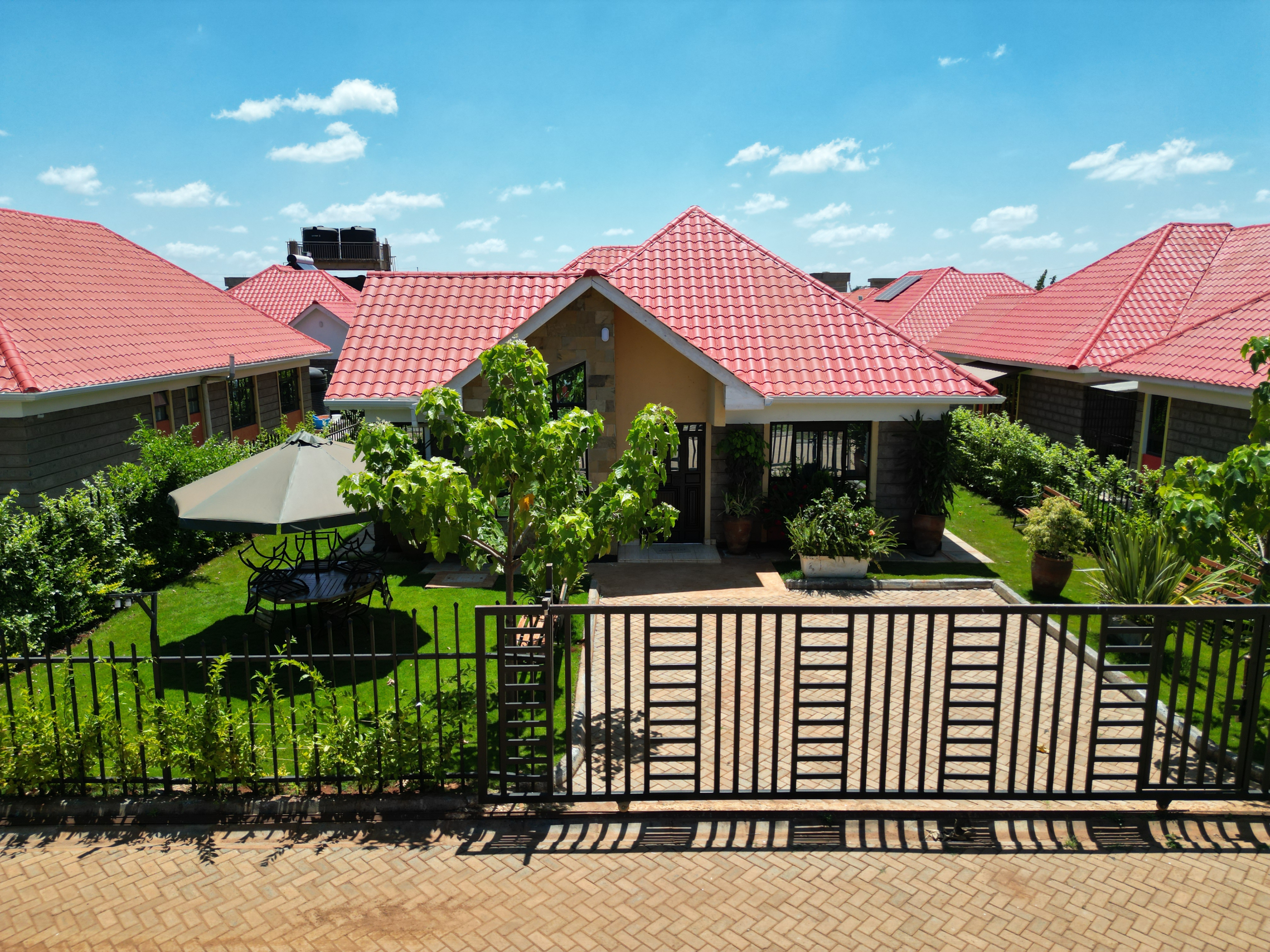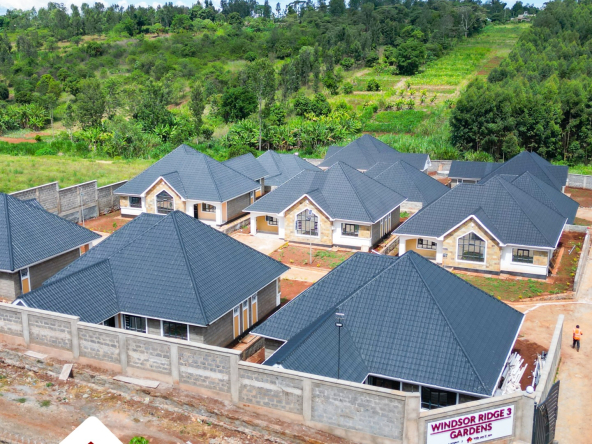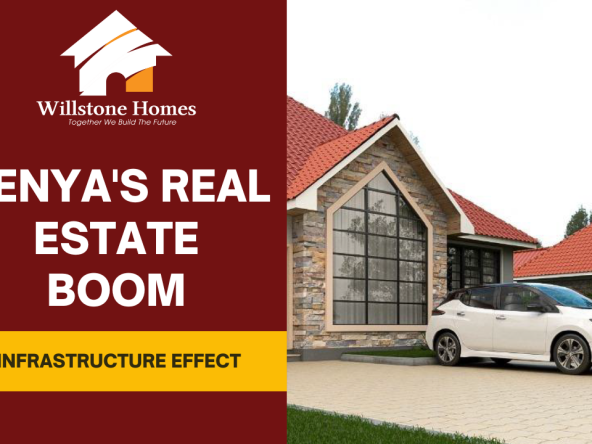For decades, the quintessential Kenyan home has stood behind tall, fortress-style walls — often topped with jagged glass, barbed wire, or electric fencing. In Nairobi, it has long been a symbol of safety, privacy, and prestige. But as urban design and homeowner psychology evolve, Kenya is experiencing a quiet revolution in how people define “secure living.” Today, security is no longer just about keeping danger out — it’s also about creating harmony between safety, beauty, and neighborhood openness.
From Fortresses to Fine Finishes
In areas like Karen, Kiambu, and Runda, towering concrete fences are slowly giving way to sleeker, more transparent barriers such as glass balustrades, steel grills, and perforated aluminum panels. The traditional fortress look — once seen as the ultimate security statement — now feels outdated in Kenya’s modern suburbs.
Real estate experts attribute this shift to changing homeowner priorities and urban trends. “People want homes that feel open, safe, and visually connected to their environment,” says a Nairobi-based architect, citing the rise of minimalist fencing and smart security systems.
Developers working on high-end gated estates are also embracing the aesthetic side of security. For instance, Willstone Homes has noted increased client demand for fences that merge visual elegance with functional safety — integrating reinforced glass panels, laser-cut metal screens, and motion-detecting lighting.
The Numbers Behind the Trend

A 2024 property design survey by the Architectural Association of Kenya (AAK) revealed that 68% of new homeowners in Nairobi prefer semi-transparent or decorative fencing. Meanwhile, 56% say aesthetic appeal now influences their security decisions — a significant change from a decade ago when ruggedness and height topped the list.
| Fencing Trend (2024) | Preferred by Homeowners (%) | Key Motivation |
|---|---|---|
| Transparent/Glass Panels | 29% | Aesthetic appeal, visibility |
| Perforated Steel & Aluminum | 24% | Modern look, durability |
| Electric Fences (Discreetly Integrated) | 15% | Safety without intimidation |
| Masonry + Decorative Finish | 21% | Balance between privacy & beauty |
| Traditional Concrete Walls | 11% | Cost, familiarity |
This transition doesn’t imply that security is being compromised. Instead, it reflects a smarter, more layered approach to protection — blending physical design with digital surveillance, landscaping, and lighting.
Smart Security Meets Modern Design
With Kenya’s growing middle class and exposure to global architecture trends, homeowners are now exploring smart fencing options. These include integrated CCTV columns, motion sensors hidden in wall panels, and biometric access gates.
New suburbs like Kamakis, Kitengela, and Athi River are showcasing hybrid fencing models that combine electric security systems with transparent architectural designs. Developers argue that these fences not only deter intrusion but also enhance a neighborhood’s overall visual identity — an important factor for property value appreciation.
“Security and elegance no longer have to exist in tension,” explains one developer at Willstone Homes. “The future belongs to homes that look welcoming yet remain impenetrable through technology and smart planning.”
Cultural Shifts and the Psychology of Openness
The aesthetic shift in Kenyan fencing also reflects a deeper social change. Many urban Kenyans — especially millennials and diaspora returnees — associate opaque walls with isolation and fear. They want homes that express freedom, confidence, and connection to community.
Sociologists point out that the need for belonging and neighborhood identity is reshaping home designs. Communities like Tatu City and Konza Technopolis are embracing open-view streetscapes with uniform, low-profile fences — projecting trust and cohesion rather than suspicion.
Environmental and Economic Implications
Interestingly, this new fencing movement aligns with Kenya’s push for sustainable building. Glass, steel, and composite materials often last longer and require less maintenance than concrete. The aesthetic appeal also boosts resale value — according to estate agents, properties with modern fencing can fetch up to 15% higher market value than those with outdated block walls.
Furthermore, transparent or reflective fencing enhances natural lighting, reducing the need for daytime energy use and improving overall living ambiance.
A Call for Balanced Design

While the future of fencing in Kenya looks sleek and intelligent, experts warn against fully abandoning privacy. Urban planners advise a balanced approach — combining defensive landscaping (such as thorny hedges or bamboo) with low, transparent fencing that maintains aesthetic flow without compromising security.
The redefinition of home fencing in Kenya marks more than just an architectural change — it’s a cultural statement. From fortress walls to refined transparency, Kenyan homeowners are signaling a new era where beauty and safety coexist seamlessly.
In case you change your mind and decide to own a home within a secure, elegantly fenced gated community, reach out to Willstone Homes today. Whether you’re seeking a ready-built house or a serviced plot in Nairobi’s finest suburbs, Willstone offers professionally planned spaces that balance style, safety, and serenity.




